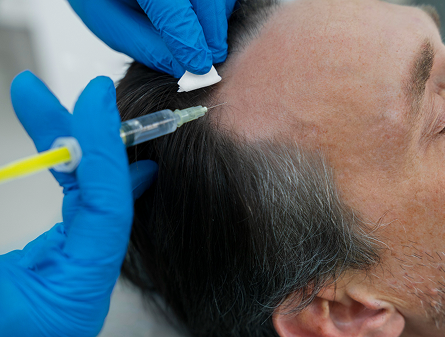Minoxidil is a hair loss treatment that increases blood circulation to the scalp, dilating blood vessels and making hair follicles larger. This allows for the growth of thicker and healthier hair. Microneedling is a treatment that involves creating tiny punctures in the top layer of the skin called the epidermis with very small needles.
This stimulates the natural healing properties of the skin which can promote the growth of hair from dormant follicles. Minoxidil is a chemical treatment which can be applied topically as a solution or taken orally as a daily supplement.
Microneedling is a minimally invasive treatment which can be done at home or in a clinic. Take a look at the comparison table below to see if minoxidil or microneedling is the best fit for you.
- Minoxidil is a topical treatment used daily or every alternate day to promote hair follicle growth and prolong the anagen phase.
- Unlike microneedling, minoxidil is not invasive but requires regular application to achieve sustained results.
- Microneedling involves creating small punctures on the scalp to stimulate wound healing and increase topical penetration.
- It is more invasive than minoxidil but triggers collagen production and increases the scalp’s receptivity to topical treatments.
- Minoxidil is inexpensive initially, ranging from $20 to $50 per month based on brand.
- Minoxidil requires ongoing purchasing, which equates to ongoing long-term costs.
- Microneedling equipment is inexpensive for at-home use, although clinic sessions can be costly if done professionally.
- Whereas minoxidil accumulates costs over the long term, microneedling might be less costly if used at home.
- Minoxidil must be applied daily and indefinitely for optimal effects.
- It requires longer sessions, more frequently than microneedling, only minutes at a time.
- Microneedling is usually performed weekly or every fortnight, depending on the method.
- Compared to minoxidil, it may sometimes be discontinued without instant loss of results.
- Minoxidil is applied directly on the scalp and absorbed to enhance blood circulation and stimulate follicles.
- It is a chemical-free method, unlike microneedling, which does not pierce the skin.
- Microneedling is performed with a dermaroller or pen with tiny needles to create micro-injuries.
- In contrast to the chemical action of minoxidil, it causes healing and cell turnover through physical intervention.
- Minoxidil is safe but can be irritating, dry, or cause excessive facial hair.
- There is no risk of infection, unlike microneedling, but it might not be suitable for sensitive skin.
- Microneedling is safe if used hygienically, but can lead to redness, mild bleeding, or infection if misused.
- It’s more dangerous than minoxidil if not used appropriately, especially for home use.
- Minoxidil is easy to use and easily fits into a daily routine.
- Compared to microneedling, it requires less preparation and can be done in seconds.
- Microneedling takes more time and effort to use safely.
- Unlike minoxidil, sterilisation of equipment and downtime are required.
- Minoxidil is available over the counter and online in most Australian pharmacies.
- More widely available than professional treatments or microneedling devices.
- Online retailing of microneedling devices exists, but professional treatments are only available in cosmetic clinics.
- Unlike minoxidil, it will likely require professional advice to use for first-timers.
- Minoxidil offers permanent results only by ongoing use.
- Compared to microneedling, its impact subsides for a short while if discontinued.
- Microneedling can result in long-term improvements over a long period despite decreased treatment frequency.
- Compared to minoxidil, it can potentially create longer-lasting improvements through fewer treatments.
- Minoxidil is usually paired with microneedling to increase absorption.
- Compared to microneedling, it is most often utilised as a base therapy within multi-therapy protocols.
- Microneedling increases the efficacy of topicals like minoxidil by increasing penetration in the skin.
- Compared to minoxidil, it plays the complementary role in combination therapies.
- Minoxidil is familiar and much-trusted, offering simplicity and reliability.
- It is easier to use and less daunting compared to microneedling for beginners.
- Microneedling is appealing for consumers seeking natural stimulation without medicines.
- Comparatively, it is more active and reconstructive.
- Minoxidil operates on hair follicles but does not strengthen overall scalp wellness.
- It has fewer benefits over microneedling in collagen and skin regrowth.
- Microneedling creates collagen growth and can reduce an inflammatory scalp.
- It’s more positive towards hair and skin health than minoxidil.
- Minoxidil leads to monthly disposal in the form of bottles and applicators.
- It’s not as sustainable over the long term as microneedling is.
- Microneedling products can be reused for months with minimal waste.
- Unlike minoxidil, it has a more environmentally friendly solution with a smaller packaging footprint.
Shop our hair solutions
We are committed to providing affordable hair regeneration services for people all over Australia. Our formula can help you regain your confidence.
Shop Now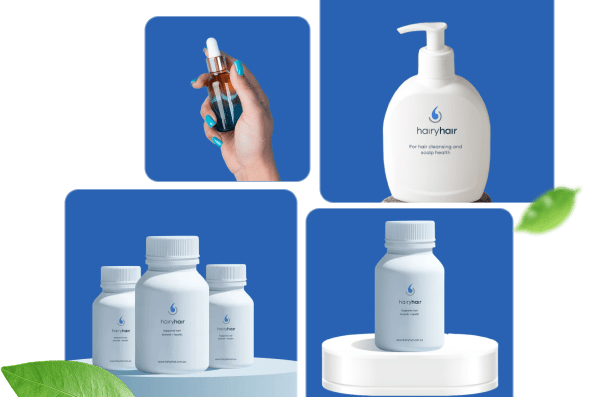

Minoxidil vs Microneedling Effectiveness Comparison Summary
Minoxidil is available over the counter and can be prescribed by a doctor online to receive a prescription. This means the cost is relatively low. Microneedling sessions aren’t much more expensive but costs can add up with regular treatments once or twice a week over the course of 3-4 months.
At-home microneedling devices can also be purchased which can offset this cost. Minoxidil requires more consistent application as it has to be applied up to twice a day or taken as a pill once a day. In comparison, microneedling is typically only done once or twice a week. Side effects reported in patients taking minoxidil include itching, tingling and a rash at the application site.
Microneedling side effects include redness, mild swelling and flaking. Minoxidil application at home does not have many potential application concerns. Microneedling may cause the spread of bacteria and infection if the skin and device are not properly cleaned before use.
User Guidance
Minoxidil may be a better choice if you are looking for a convenient at-home solution to tackling hair loss. Microneedling requires less frequent application and can be combined with minoxidil for effective results.
Both treatments are widely available but microneedling devices may require some research as cheaper options could endanger your health. If misused microneedling devices can cause harm to your skin.
Microneedling can work well in the short-term and long term but the longevity of its results may depend on what treatments, if any, you combine it with. Microneedling primes the treatment area before the application of minoxidil which can allow for more blood to reach the target area. This combination can provide improved results so it’s worth considering applying them together.
Take Our Hair Loss Quiz to See Which Treatment Suits You?
Take A Hair Quiz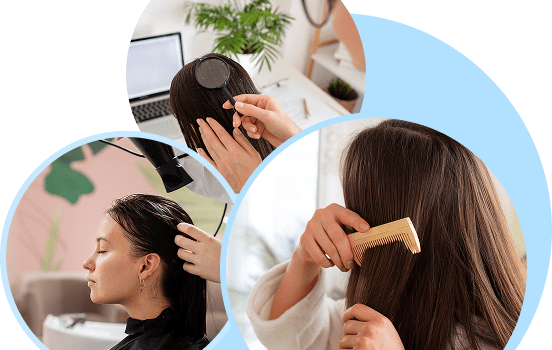
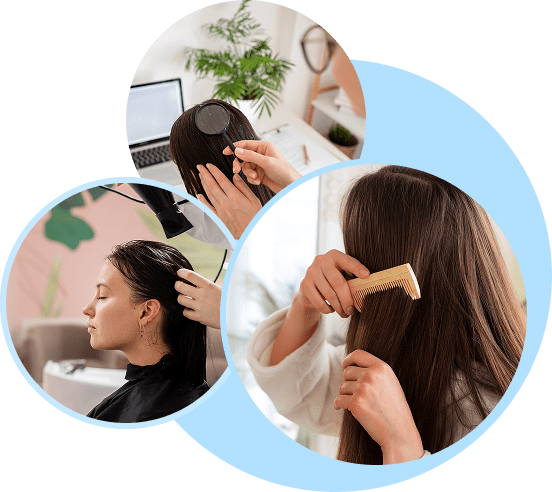
Frequently Asked Questions
We have put some commonly asked questions.
Nunc scelerisque tincidunt elit. Vestibulum non mi ipsum. Cras pretium suscipit tellus sit amet aliquet. Vestibulum maximus lacinia massa nontor.
Platelet-rich plasma (PRP) treatment involves drawing blood from the patient, isolating the beneficial nutrients and injecting it into the scalp where hair loss is occurring. This promotes hair growth and has many other applications from encouraging healing to skin rejuvenation.
Platelet-rich plasma (PRP) treatment involves drawing blood from the patient, isolating the beneficial nutrients and injecting it into the scalp where hair loss is occurring. This promotes hair growth and has many other applications from encouraging healing to skin rejuvenation.
Platelet-rich plasma (PRP) treatment involves drawing blood from the patient, isolating the beneficial nutrients and injecting it into the scalp where hair loss is occurring. This promotes hair growth and has many other applications from encouraging healing to skin rejuvenation.
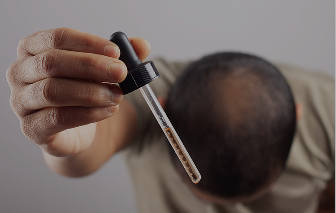
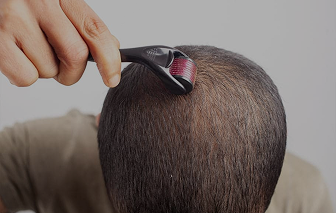



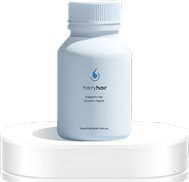
 See All
See All